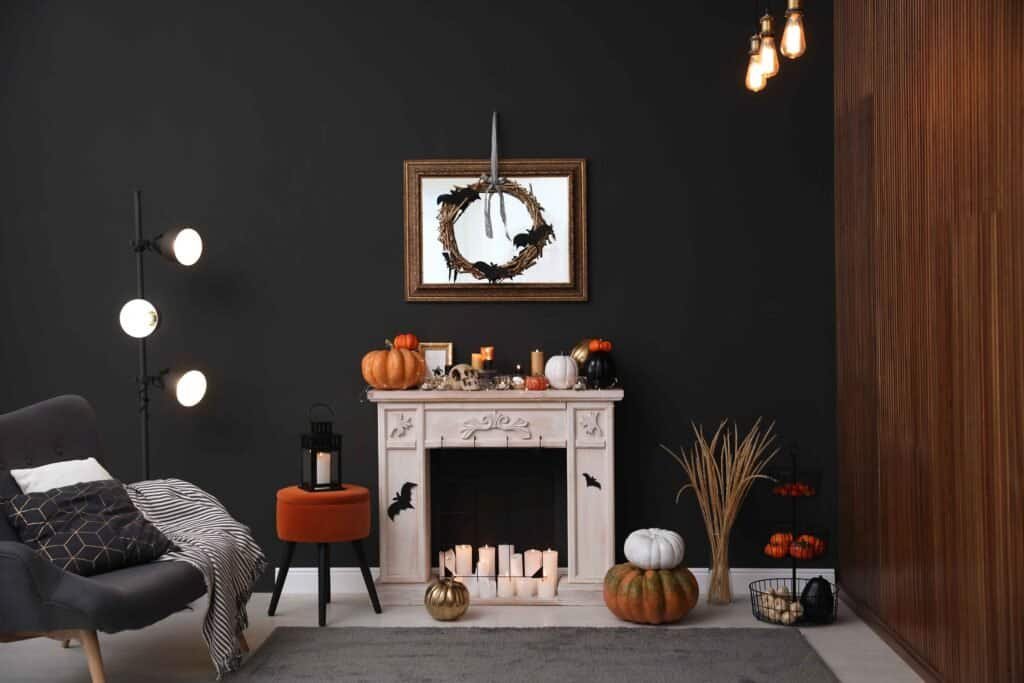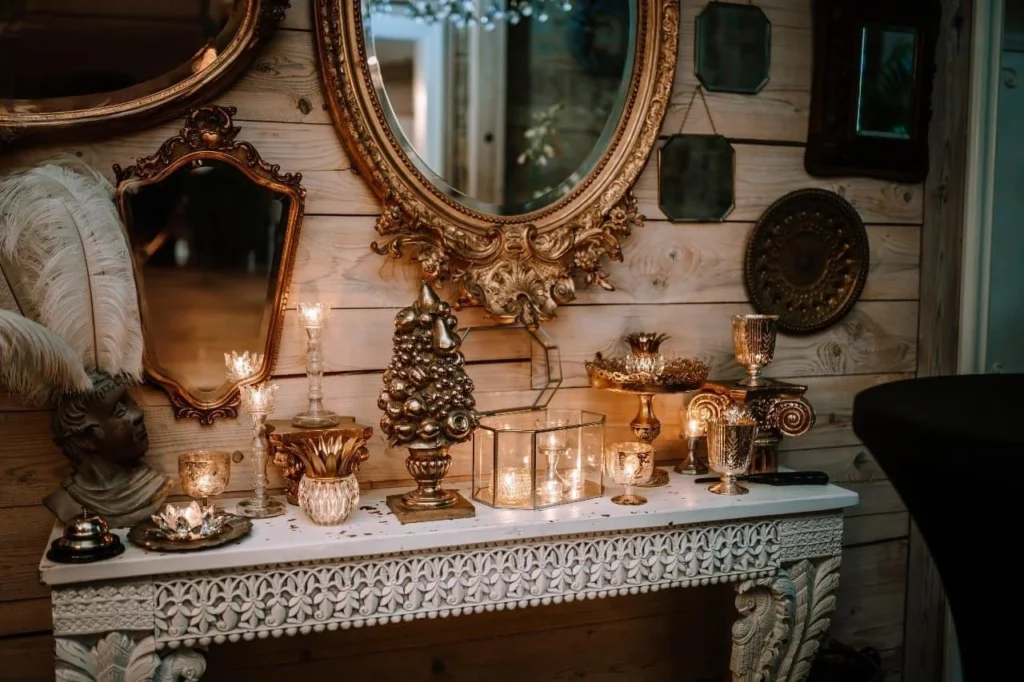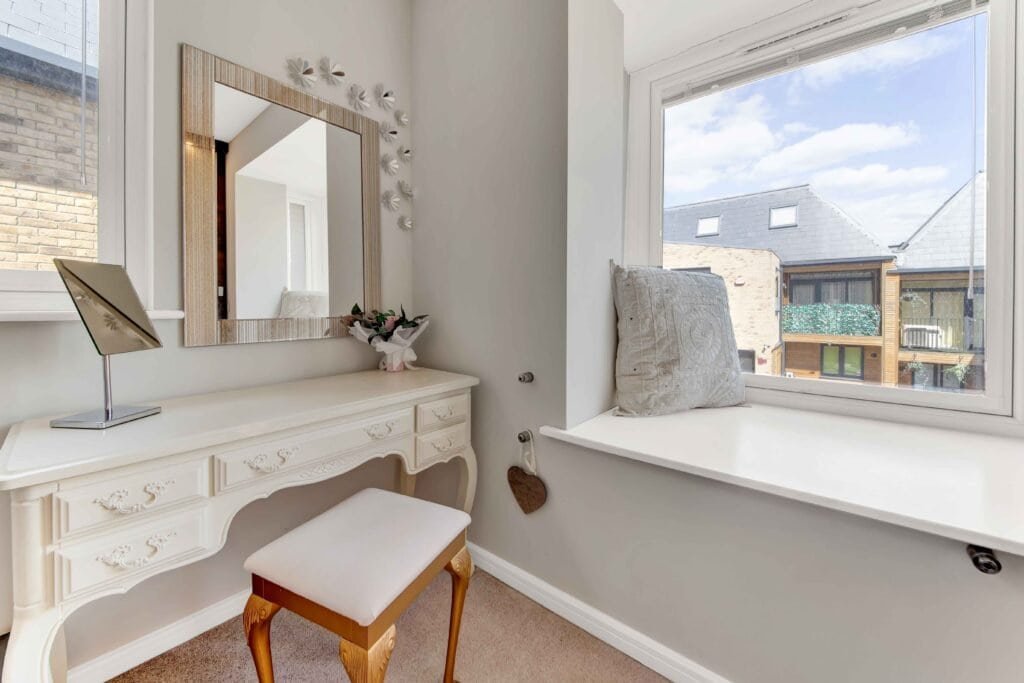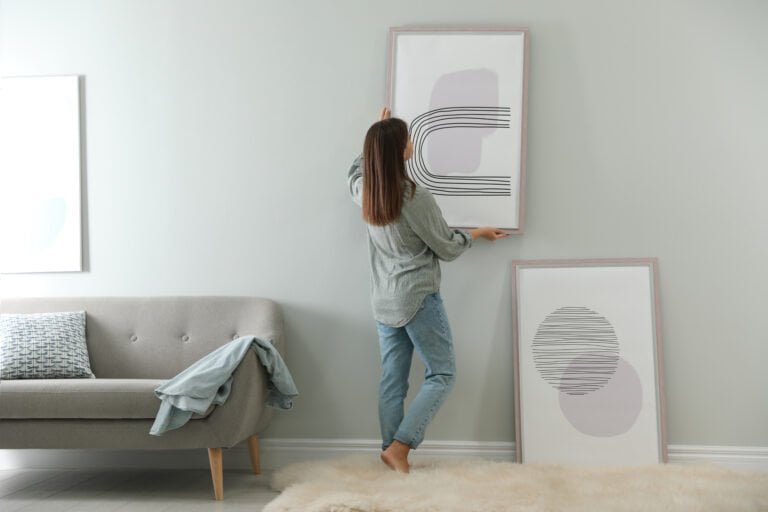Wood, Metal, or Acrylic? How to Choose the Best Frame Material for Your Art
Whether you’re an art enthusiast trying to decide which frames work best with the artwork and decor in your home or you’re an artist with a collection of pieces you want to frame before selling or displaying at a gallery, choosing a frame for your artwork is almost, if not more important than selecting the artwork itself.
Sure, some will say it’s just a frame, and why not just pick one and throw it up on the wall? But as anyone who truly loves art knows, how and where you display each piece is one of the most thrilling and important parts of the whole process.
So, whether you’re hanging a newly acquired limited edition print or a specially commissioned painting, or hoping to elevate your own most recent masterpiece, you’re in the right place. We’re about to talk you through the three most popular materials and a few key points to consider when framing your next piece.
What Is The Decor Scheme Like?

The simplest way to ensure your framed artwork works in a given room? Consider the decor scheme first. Not just the colors used, but also the fabrics and overall feel of the space. If you’re planning to hang your artwork in a neutral bedroom setting with a modern hotel-esque vibe, for example, etched metal and dark mahogany wood frames aren’t going to harmonize how you want them to.
Lighter wood or acrylic frames in black or white, however, will give your artwork a sleek and modern edge with the perfect amount of warmth. They’ll also coordinate seamlessly with the lighter furniture and any neutral soft furnishings in the space.
Don’t Pick A Frame More Prominent Than Your Artwork

Unless this is an intentional design decision, for example, you want to juxtapose a simple and contemporary line drawing with a vintage silver frame, try to avoid picking out frames that could overshadow the work. You want your frame to compliment the piece not to be the main focus. That said, the two shouldn’t be so similar in style that they blend in any way. You can opt for similar themes and even materials in both, just make sure there is enough of a distinction between art and frame.
When you get this right, the frame will make the image look and feel complete, but won’t be the first thing you notice. It’ll also help the main colors and themes within the piece stand without directly matching them.
Need an example? Think of Vincent van Gogh’s, The Starry Night. We can all agree it looks infinitely better in a frame and hung on the wall of the MoMa than it does on a t-shirt or a tote bag. And yet, few of us could recall the size, color, or material of the frame it sits in.
Consider Where The Work Came From

Not sure where to start when framing your piece? Let the history and origin of the work guide you in your decision. Have you managed to source a hundred-year-old oil painting? Did you commission a modern monochromatic piece painted on canvas? Or have you simply ordered a colorful print you fell in love with online? This information will help you decide what style of frame suits your needs best and whether to opt for something closer to modern simplicity or vintage splendor.
Ground Your Artwork With A Natural Wood Frame

If we’re being honest, there are very few instances when a wooden frame won’t work for your artwork and your space. Since there are so many finishes and colorways available, you can usually find exactly what you had in mind.
Wooden frames are incredibly versatile and tend to instantly ground the work inside. Light wood works perfectly for everything from nature-inspired landscapes to minimalist modern art. Meanwhile, mahogany and walnut frames add gravitas to vintage canvasses and paintings with considerable depth.
Top reasons to choose wooden frames:

Warmth: Unlike many metal and acrylic frames, wooden ones bring instant warmth to your space no matter their color or finish.
Versatility: You have countless options when it comes to wooden frames. Materials include everything from pine and oak to walnut and mahogany. Not to mention, there are so many options for stains and finishes that will not only enhance the natural grain but ensure the wood matches any other decor pieces and furniture already in the space.
Make A Statement With A Metal Finish

The best thing about metal frames? Like wooden ones, they vary hugely in style, color, and finish. Therefore, no matter the age or subject of your artwork, there’ll be a metal frame that compliments it. For example, when working with a contemporary piece requiring an air of effortless elegance to enhance the work and reflect the natural light in your minimalist decor scheme. A simple silver frame with flat edges, clean lines, and sharply defined corners will fit seamlessly into your room.
Meanwhile, for artwork steeped in history (or pieces you want to make look as though they are) a hand-crafted gilt frame in silver or, more classically, gold, will bring out the finer details and enrich the vintage theme of the piece.
Another thing to consider aside from the shape and color of the frame is the finish. Black metal frames with a matte finish will give a completely different look to those in gloss. Meanwhile, brushed gold and silver frames will offer a classic feel as opposed to polished styles which, depending on the shape of the frame, of course, can often appear more contemporary in style. Don’t be afraid to try samples of different colors, styles, and finishes before committing to framing and hanging your artwork on the wall. This applies whether you’re opting for a metallic style as well as wood or acrylic.
Top reasons to choose metal frames:

Strong & Durable: metal frames are inherently more robust than wooden ones. This makes them the better choice for heavier artwork since they will bear the weight better over time without warping. Metal frames are also more resistant to moisture and less likely to warp in cold or humid climates as wood can sometimes do.
Customizable: Whilst wood frames indeed suit a huge range of artwork and decor styles depending on the color and grain of the wood and finish, metal frames can complement and enhance every art style from classic to contemporary. Think chic silver frames for an industrial-style New York loft, and detailed gilt gold frames housing classic oil paintings in the heart of the English countryside. In our humble opinion, no other frame style adds the amount of gravitas to such different pieces of artwork as metal frames do.
Open Up Your Options With An Acrylic Frame
Often the more popular choice for digital prints and photography rather than hand-crafted artwork, acrylic frames have a lot going for them and shouldn’t be neglected when picking out frame materials.
Whereas wood and metal frames are often on the heavier side, acrylic frames are lightweight and moveable. Therefore, they’re the perfect option for pieces you plan to move around your home, or for artwork you may be hanging in a space temporarily. This also makes them a great idea both for renters and gallerists.
Acrylic frames are also a worthy alternative to glass-fronted frames. They offer the same benefits in the way of UV protection and clarity (in fact acrylic is clearer) and look just as impressive when hung. They’re also recyclable and shatter-proof so less likely to break when artwork gets moved, rehomed, or rehung. The ideal option therefore for public spaces or homes with children or pets.
Top reasons to choose acrylic frames:

Sustainability: the recyclable element of acrylic frames makes them the more conscious choice, especially important for those trying to create a more sustainable environment through their decor.
Protection For Your Artwork: depending on the quality, of course, acrylic frames can shield your artwork from up to 98% of harmful UV rays. This will prevent your pieces from degrading over time and ensure they look just as they did when first framed.








